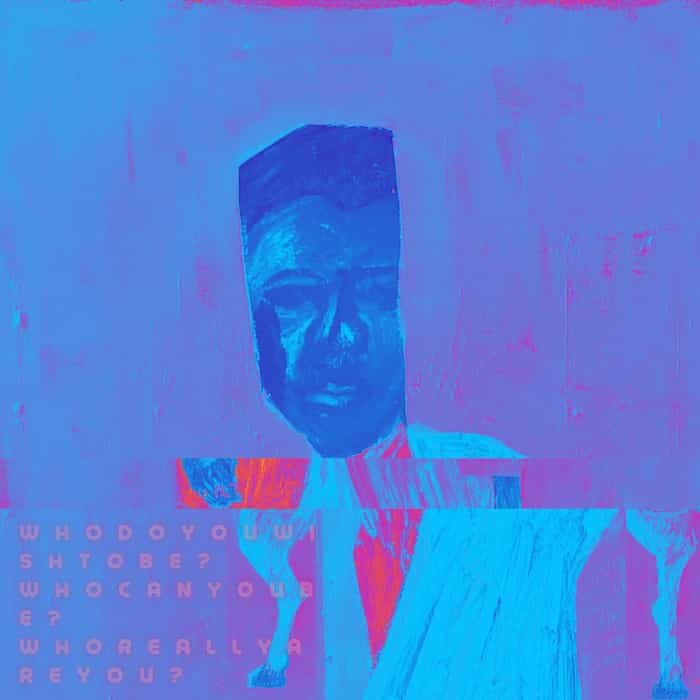From Quantum Drawings to Coffee Art: What Terrain.art Artists Would Pick for their Twitter Profile Photo
By Terrain.art | Apr 1 2022 · 5 min read
The micro-blogging platform recently unrolled a feature that allows users to display NFTs as their profile photos. Naturally, we asked artists on our NFT platform to choose their own
In an article on the crypto economy website Coindesk, the Australian blockchain expert Chris Berg makes a case for conspicuous ownership of non-fungible tokens (NFTs). “Owners need mechanisms and tools and even norms to display the art they have purchased to others that isn’t just a link to an OpenSea or Rarible page,” writes Berg in his September 2021 article.
That month, the micro-blogging platform Twitter announced that it would add a way to authenticate NFTs. In January 2022, the feature went live by allowing users to display NFTs they own as their profile picture—though only if you are a Twitter Blue subscriber and are using an iOS device. Twitter’s new hexagonal profile pictures are not just for display: they allow other users to know more about the NFT by clicking on it. The platform currently supports a number of crypto wallets that users can connect to their profiles to authenticate their NFTs, including Argent, Coinbase Wallet, Ledger Live, MetaMask, Rainbow, and Trust Wallet.
Following this announcement, The Financial Times reported that teams at Facebook and Instagram were also readying a feature that would allow users to display NFTs on their social media profiles, as well as working on a prototype to help users mint collectible tokens.
Not all are in favour of the new feature. Tesla CEO Elon Musk thinks it is “annoying”. As users debate the move, we asked Terrain.art artists what they’d like to display as their profile picture.
Harsimran Juneja, (b.1995)
What I’d pick: “Who are you?”
About this work: It is a question I reckon is going to be recurring as the digital world— or the metaverse—starts to take precedence over the physical, making the concept of reality blurrier than it already is. This work depicts my stand on the topic: I’m still in conflict about what the future beholds.
Urna Sinha, (b.1996)
What I’d pick: “Preservation of Shadows”
About this work: This is a result of an act. Each day, I lay down under the sun unmoved on a photosensitive fabric for an hour. The shadow reflecting on the photogram is a gesture of light penetrating through my body and of entrapment. It allows me to question our position as a species; allows me to question our existence. I picked this because NFTs and shadows are both unique in their own world.
David Young, (b.1964)
What I’d pick: “Q 10” (2021)
About this work: This work, “Q 10” (2021) is part of my “Quantum Drawing” series. I am exploring quantum computing, a technology that might destroy the security used by the blockchain and NFTs. It is by minting this work as an NFT I’m asking us to reconsider “the new” and its eventual obsolescence.
Arinjoy Sen, (b.1996)
What I’d pick: “Roughing it out with Kali”
About this work: This image shows Goddess Kali emerging from the mouth of a fish in order to protect her worshippers from danger, which is represented here in the form of a crocodile emerging from the hungry tide. The figure of Matsyamukhi Kali in this drawing references a 19th century Kalighat painting of Matsya, an avatar of Vishnu. Matsya is reimagined and redrawn here as Matsyamukhi Kali through a narrative and composition that inserts Kali into the complex narrative of the Sundarbans.
I chose this particular piece as it is able to simply represent the entangled frontiers of myth, identity, rituals, narrative and culture. The reimagination of myth and narrative that occurs in this drawing of Kali is a reflection of the countercultural practices investigated, and thus, can be seen as countercultural in itself.
Shivangi Ladha, (b.1991)
What I’d pick: “Unseen I”
About this work: In this work, the drawings are repeated through the action of screenprinting across a surface. I then incorporate pieces of tape and place them on top of the print, which covers, imposes, hides, reveals and amplifies the bodies and their presence at the same time. An additional compositional layer, created with coloured dots, rests on top. The idea is to create a kind of tension between the organically hand-drawn and the mechanically reproduced states of making and experiencing the image.
On social media everyone likes to share flattering photos of themselves. We don’t know what the person in real life is going through emotionally. It somehow creates a false image. I have picked this work to question this contradiction.
Nur Mahammad, (b.1983)
What I’d pick: “Living in Between”
About this work: This work is a metaphor for the border politics of modern nation states. I have chosen it to shed light on the vulnerability of migrant lives across the globe. For me it resonates with ideas of post-colonial migration and the major social displacement of subaltern and marginalized communities.
Ashima Raizada, (b.1994)
What I’d pick: A photograph of coffee art
About this work: This image reminds me of the emoji 🥴 which sums up my mood through the pandemic. I absolutely love coffee and coffee art, so this was my attempt at creating my own.
Aditi Aggarwal, (b.1987)
What I’d pick: “As We Rise 3”
About this work: This collage is a construction of a fictional universe that is both utopian and dystopian. As a parallel inquiry to the current situation, the work aims to merge multiple viewpoints into a single image, creating an abundance of perspectives, interpretations, and alternatives. Memories from everyday reality represent temporal journeys at multiple levels. I developed this by merging different media, including photographs, paintings, sculptures. It is part of an ongoing series of self-portraits. You can find more here.


